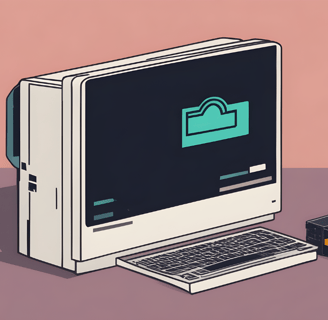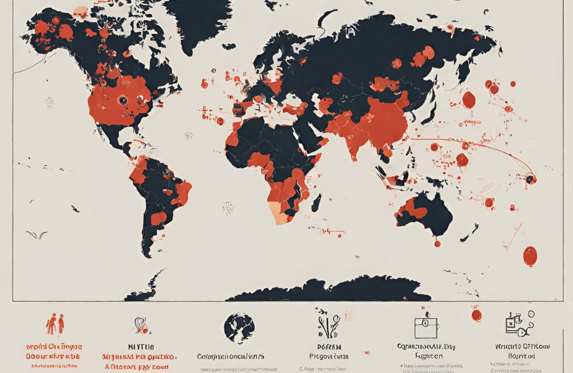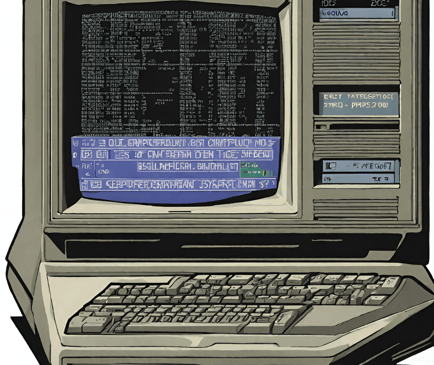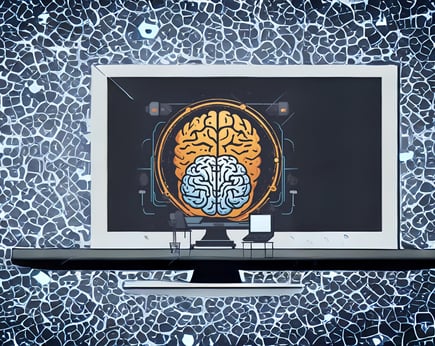Unveiling the Legacy: Exploring the Impact of the Brain Virus on Cybersecurity
Meet the Brain virus - The first virus 🦠 It wasn't here to harm, just guarding data like a digital bouncer!
SECURITY BEST PRACTICES
11/16/20234 min read


The term "Brain virus" historically refers to one of the earliest computer viruses known as the Brain virus or Pakistani Brain. It emerged in 1986 and targeted MS-DOS systems.
The Brain virus was a boot sector virus, which meant it infected the boot sector of storage devices, primarily floppy disks. When an infected floppy disk was inserted into a computer, the virus would embed itself into the boot sector, making it the first part of the disk read by the computer during the booting process. This allowed the virus to load into the computer's memory and execute its code, potentially causing various issues or damage to the system.
It was named "Brain" after its creators' company name, "Brain Computer Services." The virus wasn't created with malicious intent; it was more of a demonstration of their programming skills to identify users who were copying their software without permission.
However, the Brain virus showcased the potential for computer viruses to spread and cause harm, marking a significant milestone in the history of cybersecurity. While it's an early example of malware, its impact was primarily on systems utilizing older technology, and its relevance has diminished in the face of more sophisticated and prevalent cyber threats seen in modern times.
The Brain virus spread through floppy disks. When someone used an infected floppy disk on their computer, the virus would sneak into the disk's starting section. Then, when that infected disk was put into another computer, the virus would hop over and hide in that computer's starting section too. So, every time someone used that infected disk on a different computer, the virus would spread to that computer as well. It was kind of like a bug that could move from one computer to another through floppy disks.
The Brain virus didn't cause significant harm to the computer systems it infected. Instead, it mainly caused disruptive behaviors. When the infected floppy disk was inserted into a computer, the virus would embed itself in the boot sector. This could lead to issues during the boot-up process or cause occasional system instability. For instance, users might experience slower boot times or find that the infected disk was labeled incorrectly.
In essence, the Brain virus was more of a demonstration of what a computer virus could do rather than a highly destructive threat. Its primary impact was on the boot-up process and the potential inconvenience it caused rather than causing severe damage to the system.
The exact number of systems affected by the Brain virus isn't precisely known but based on some websites over 100,000 systems were affected at that time. Given that it primarily spread through infected floppy disks and targeted older systems, its reach was somewhat limited compared to modern viruses. The spread of the Brain virus was restricted to the usage of infected floppy disks and might have had a localized impact among users who shared these disks. Its scope was more contained compared to the widespread and global impacts of contemporary cyber threats.
The Brain virus primarily targeted systems running MS-DOS, which was a popular operating system at that time, especially during the mid-1980s and early 1990s. MS-DOS (Microsoft Disk Operating System) was the operating system used by IBM-compatible personal computers. Since the Brain virus infected the boot sector of floppy disks, any system that booted from an infected floppy disk, running MS-DOS, could potentially be affected by the virus.
The Brain virus, despite not causing real harm, played a pivotal role in shaping the cybersecurity industry. It acted as a wake-up call, raising awareness about the vulnerability of computer systems to unauthorized software. This incident triggered a crucial realization that systems needed protection from unauthorized access and potentially harmful software. It led to a surge in attention toward securing digital data and systems against unauthorized copying and tampering, sparking the development of more robust security measures. The Brain virus event essentially kickstarted the understanding that safeguarding computers and data from unauthorized threats was essential, fostering the evolution of stronger cybersecurity protocols and tools.










What exactly Brain Virus is


How it spread
What does it do to end systems
What type of system OS affected
How many systems were affected?
How brain virus helped the cybersecurity industry
cybrescue@gmail.com
Ping us incase of any.....
Connect with us at
support@cybrescue.com
